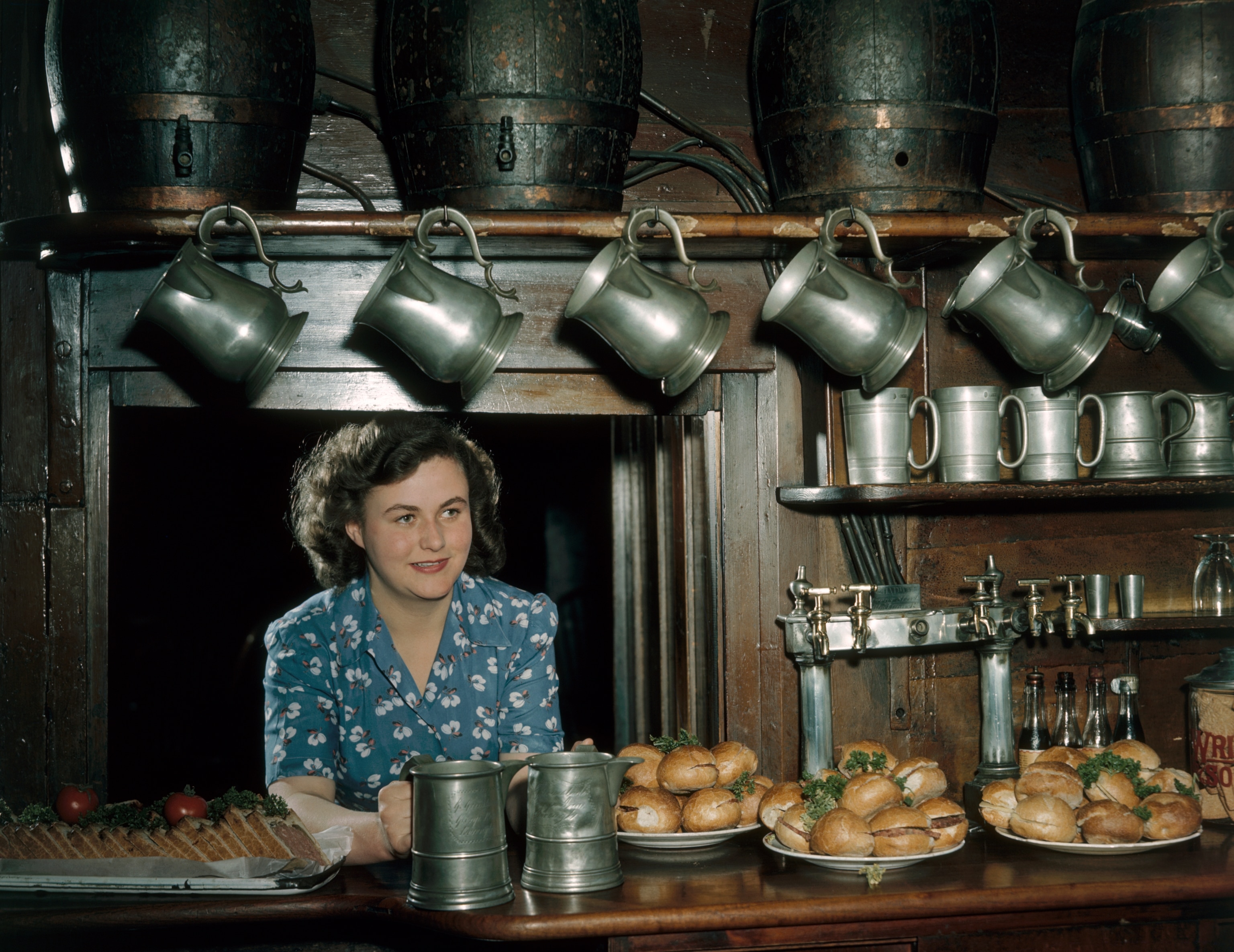
Unpacking the Stacked History of the Sandwich
Almost everybody, everywhere, eats sandwiches.
Collectively, by one estimate, Americans wolf down about 45 billion sandwiches a year. Each day, according to a 2014 study, half of all American adults eat at least one sandwich. And a lot of us even start our mornings with sandwiches: One report found that 46 percent of breakfasts ordered at restaurants consisted of sandwiches. They’re particularly popular because we can eat them in our cars.
Sandwiches traditionally are the food of the busy, the hurried, and the on-the-go. The word “sandwich,” according to the authoritative Oxford English Dictionary, comes from the overly preoccupied John Montagu, Fourth Earl of Sandwich, “who once spent twenty-four hours at the gaming-table without other refreshment than some slices of cold beef placed between slices of bread.”
It’s not clear when Montagu ate his primal sandwich. Possibly, according to Bee Wilson’s Sandwich: A Global History, sometime between 1748 and 1751, during his days as First Lord of the Admiralty. Though not averse to gambling, Montagu was a dedicated and hard-working politician. It seems far more likely that he called for the original sandwich because he was too busy to leave his desk.
Montagu’s real innovation, Wilson suggests, was that he demanded a sandwich premade, rather than piecing it together for himself from hunks of bread and meat on a plate. This soon led other gamblers and workaholics to request “the same as Sandwich” and eventually to demand, simply, a “sandwich.” The word seems to have been in common use by the 1760s. Not long thereafter it got a royal seal of approval: It was noted in 1789 that King George III, his wife, and their 15 children never failed to take a supply of sandwiches on outings.

Sandwich eaters nowadays owe a lot to Otto Rohwedder of Davenport, Iowa, who, in the 1920s, invented a bread-slicing machine. (See a video about Rohwedder’s machine here.) Using Rohwedder’s machine, loaves of bread were whipped through a double bank of sharp steel blades, emerging at the other end in neat, uniform slices, which were then wrapped in waxed paper. (An earlier packaging method, which involved tacking the sliced loaves together with hatpins, was fortunately abandoned.)
The first loaf of sliced bread went on the market in 1928 in Chillicothe, Missouri, to rave reviews: “So neat and precise are the slices, and so definitely better than anyone could possibly slice by hand with a bread knife that one realizes instantly that here is a refinement that will receive a hearty and permanent welcome,” wrote one reporter. A full-page ad trumpeted “Sliced Bread: The Greatest Step Forward in the Baking Industry Since Bread Was Wrapped.”
Among the first to jump on the sliced-bread bandwagon was the Continental Baking Company, makers of Wonder Bread, who promptly added the word “sliced” in large font to its label. By 1933, nearly every bakery in the United States had a bread-slicing machine and 80 percent of American bread was sold sliced.
Then, in 1943, the whole thing ground to a halt. Citing wartime shortages, U.S. Food Administrator Claude Wickard banned sliced bread. Presliced loaves, he pointed out, dried out faster than unsliced loaves and thus required heavier wrappings and more waxed paper. He also cited the need to conserve wheat and steel.
There was an immediate public outcry. “I should like to let you see how important sliced bread is to the morale and saneness of a household,” one angry Connecticut mother wrote to the New York Times. “My husband and four children are all in a rush before, during and after breakfast. Without ready-sliced bread I must do the slicing for toast—two pieces for each one—that’s ten. For their lunches I must cut by hand at least twenty slices, for two sandwiches apiece. Afterward I make my own toast. Twenty-two slices of bread to be cut in a hurry.”
Three months later, Wickard backed down and lifted his sliced-bread ban. The savings, he explained sheepishly, were not as great as expected.
And ever since the 1950s, any new and spectacular invention has been described as “the greatest thing since sliced bread.”
So what’s the best bread for your sandwich? Check out How to Pick the Right Bread for a Sandwich. Also see The Guardian’s 10 Best Sandwich Recipes.





